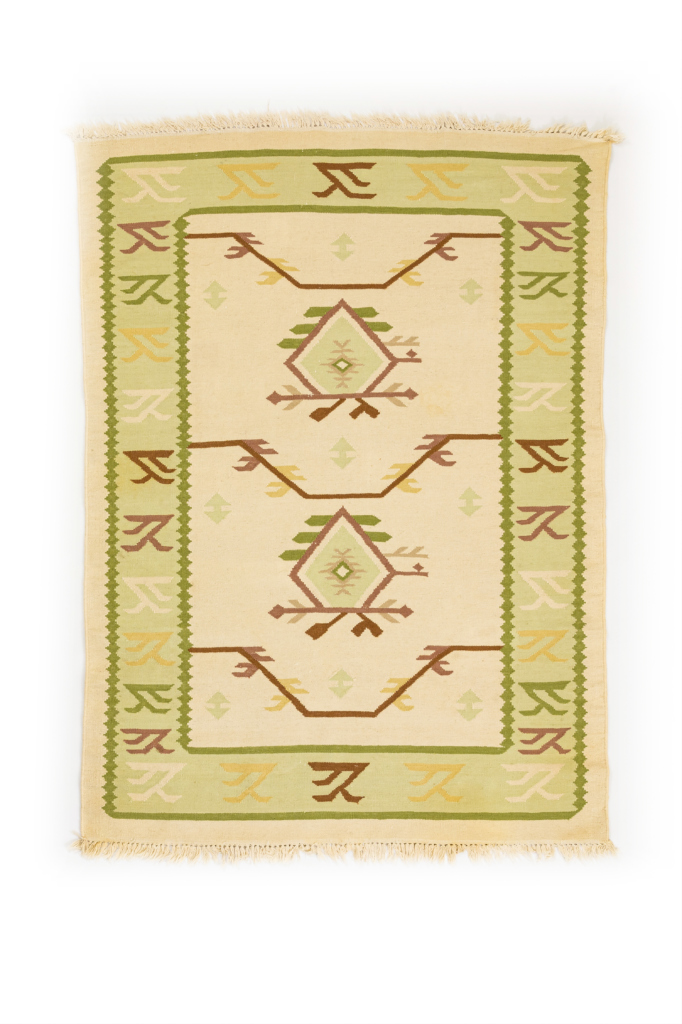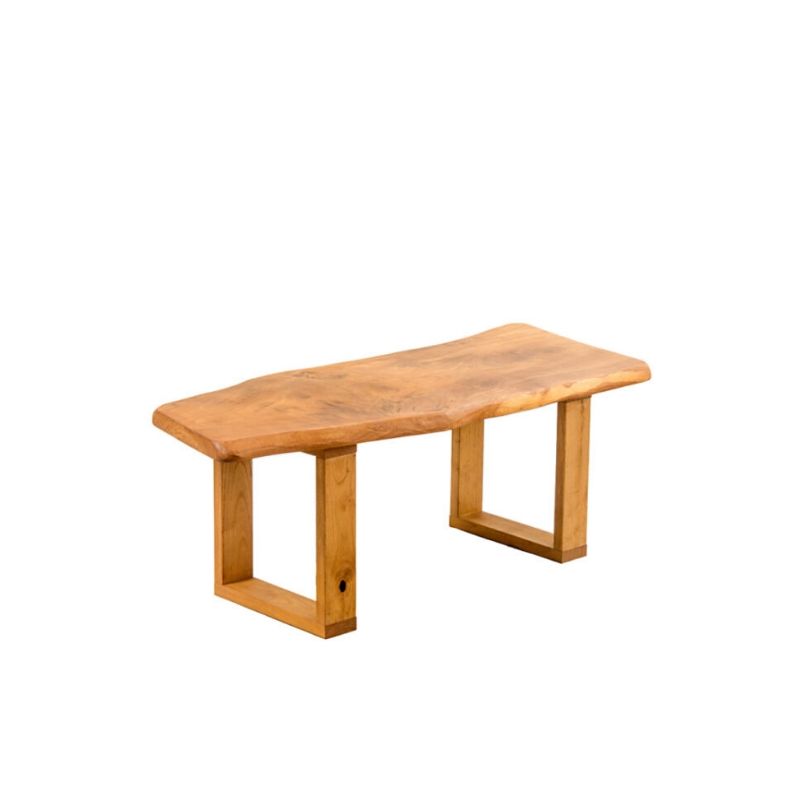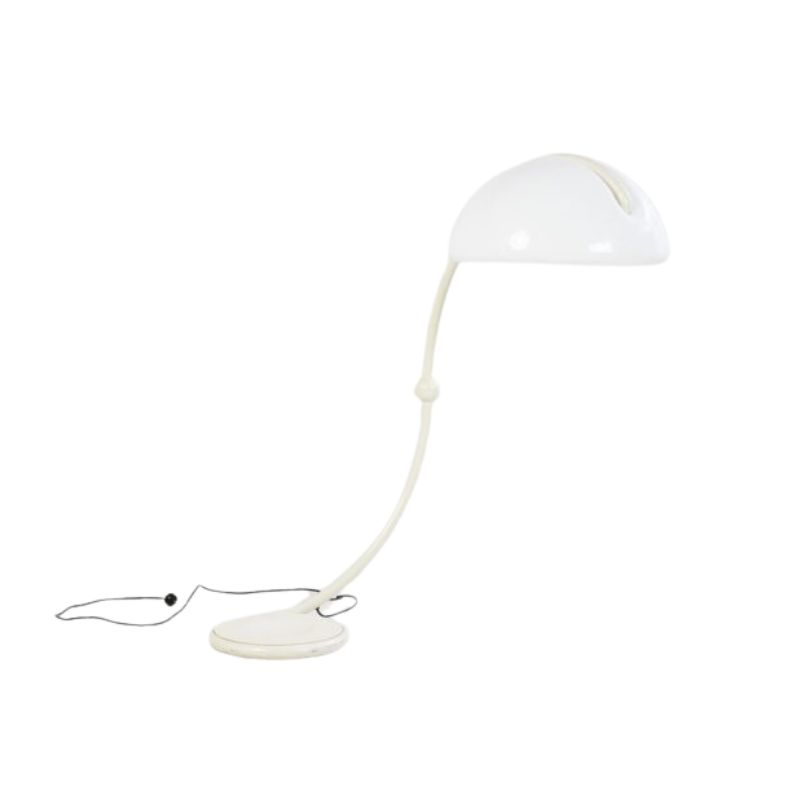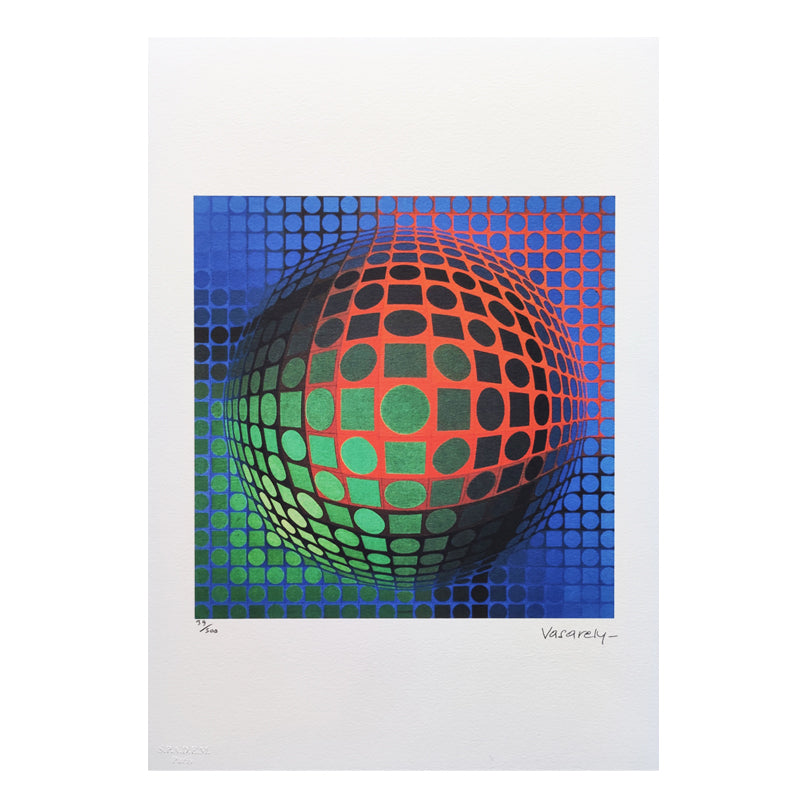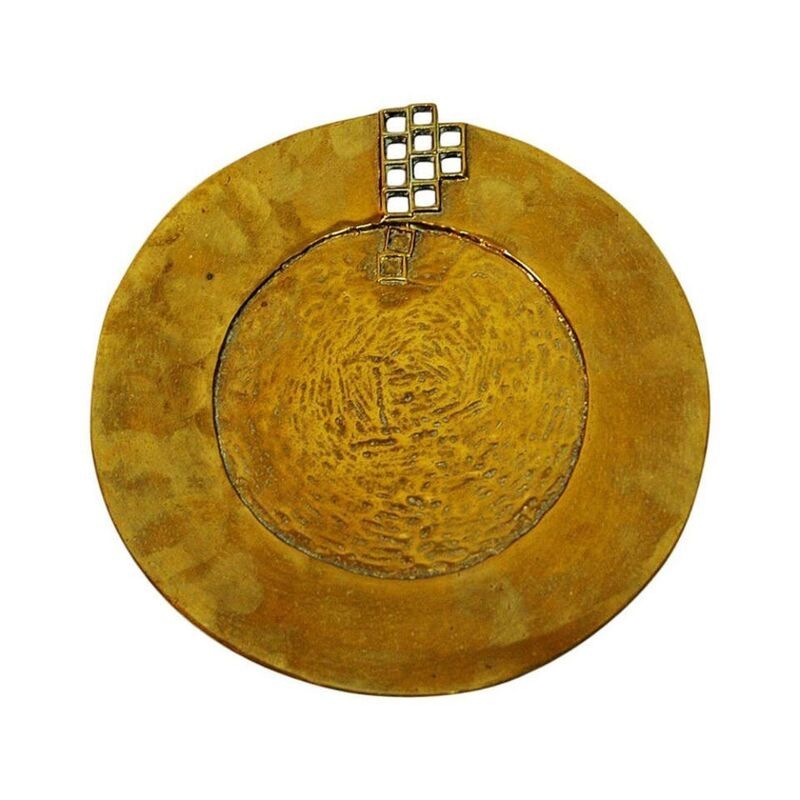I remember seeing this mark here:
http://www.designaddict.com/forum/Identification/Manufacturers-stamp-ID-...
Unfortunately nobody recognized it then either.
I will add that it is very hard to determine the order of letters in Danish furniture company logos. I can think of two examples: Hundevad & Co on earlier pieces used a logo that looks like "CHO." HNJ Møbelfabrik (Tørring Møbelfabrik) used a logo that looks like it should read "HJN."
Both of these examples were unknown logos, at least on this forum. I believe that the misconstrued order of initials was a very big part of the why the logos were unknown.
There are numerous listings on the web stating that pieces with this mark come from Sweden. Most people say that the mark means "Made in Sweden". I believe this "Made in Sweden" stuff is wrong and I think the mark is likely a Swedish maker's mark. Some desks bearing this mark are attributed to Egon Ostergaard....but I have note seen any backup for this.
Here the mark is said to be for Seffle Möbelfabrik......but I do not believe this is correct either as the other Seffle marks I have seen are different.
http://www.swedenantique.se/9909-coffee-table-svante-skogh-for-seffle-mo...
There are Danish makers who did not put Denmark or "made in Denmark" on their pieces. I believe the prevalence of those markings is mostly because of export/import requirements. And it was a point of status. You mostly see pieces without mention of Denmark from companies that were selling to the domestic Danish market.
And I share your skepticism that the mark is Seffle. It would leave the "I" unexplained.
One thing that would help is a easy to find visual reference of pieces with that mark. To that end here is the coffee table:
Leif. Let me disagree on this one. Yes, obviously the "Made in Denmark" on furniture had something to do with export / import. However, I believe that the "Made in Denmark" was (is?) a brand by itself when it came to furniture. A brand synonymous with design, quality and good craftmanship. A little bit like "Made in Germany" for anything technical or "Made in Italy" for shoes.
I do not think that the average furniture buyer back in the 50s / 60s had any idea of who were Grete Jalk, Hans Olsen or Johannes Andersen. Except for the few big names, the "Made in Denmark" was the seller.
There is TV campaign going on for BO Concept here and their slogan is "Danish design since 1952". In a country where Denmark is only known for vikings and butter cookies, the adjective "danish" is however a commercial argument to sell furniture.
I persist. When it comes to furniture, if it is danish it is somehow written on it (dfc mark, mention of Denmark somewhere, "Made in Denmark", etc.).
But you are right that's certainly truer for export than for the domestic market.
I don't mean to put too fine a point on it. "Made in Denmark" was and still is, to some degree, a selling point. If you browse an auctioneer in Denmark, like Lauritz, you will notice a lot of pieces that were sold domestically without a "made in Denmark" marking. So, with some pieces found in Denmark, the lack of a "made in denmark" stamp is not nearly as meaningful as it might be outside of Denmark.
Another important caveat is that in the USA, a significant amount of Danish furniture was brought over by US military families who had been stationed in Europe. The military shipped it back to the USA for free when the personnel were relocated. Many of these pieces were bought in the domestic Danish market, so again, in certain instances, it is less likely they will have a 'made in" mark.
I have a Nanna Ditzel model 113 that was certainly made in Denmark and it does not say it. I also have a Rosewood chair by Randers (see the recent post about that chair) that does not say made in Denmark. If they were marked Denmark, I doubt I would own them since I paid less than $150 combined for both.
If you need any help, please contact us at – info@designaddict.com


 <img class="wpforo-default-im
<img class="wpforo-default-im


